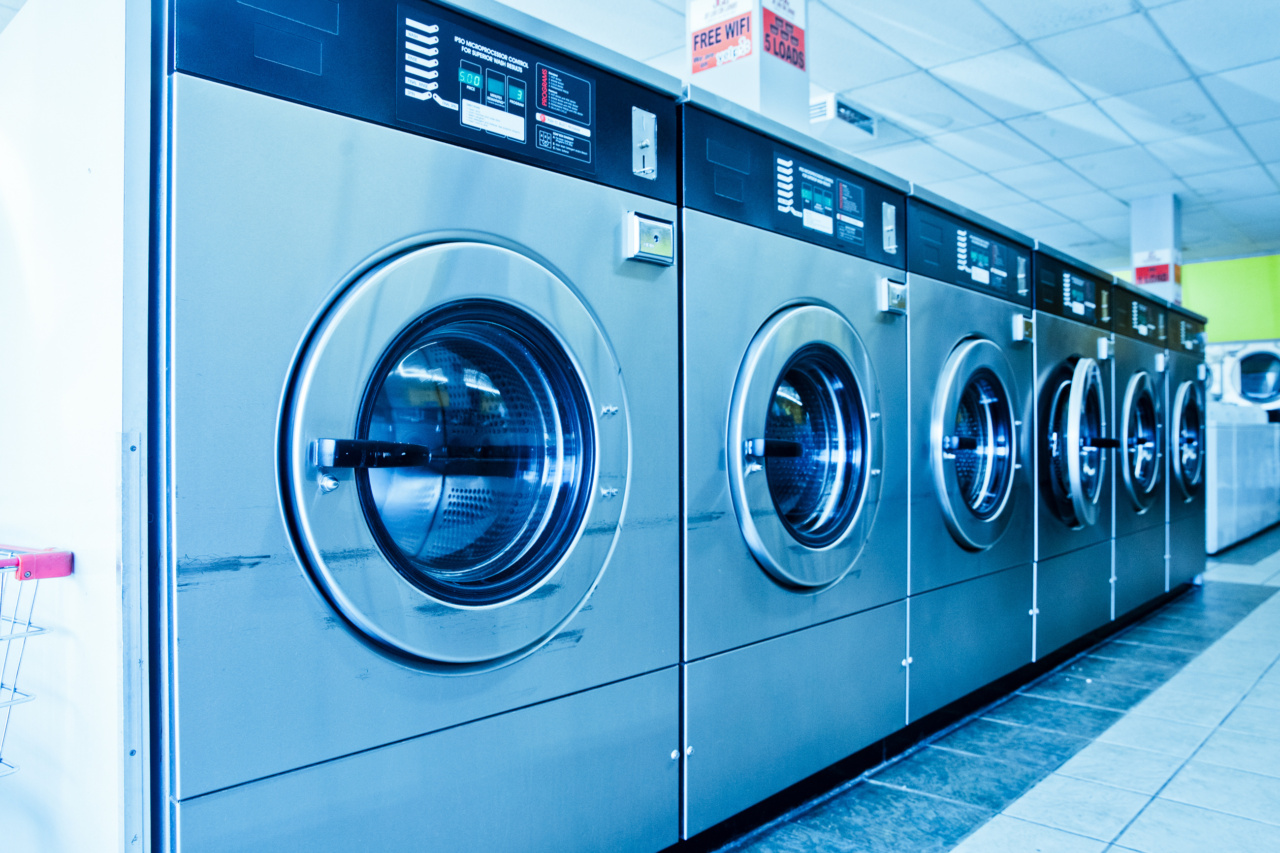Laundry is an unavoidable chore that most of us go through on a regular basis. It’s a mundane task that often requires a significant amount of time and effort.
However, with the advancements in technology, the introduction of automated laundry devices has revolutionized the way we do laundry. These devices aim to make our lives easier by simplifying the entire process, from washing to drying and even folding.
The Rise of Automated Laundry Devices
The idea of automated laundry devices has been around for quite some time. However, it is only in recent years that they have gained significant popularity and widespread adoption.
These devices typically combine intelligent software with advanced hardware to provide a seamless laundry experience. With features like auto-detection, load sensing, and customizable cycles, they promise to take the hassle out of doing laundry.
The Convenience of Automated Laundry Devices
One of the major advantages of automated laundry devices is the convenience they offer. Traditional laundry methods involve several manual steps, from measuring detergent to manually sorting clothes.
With automated devices, these tasks are automated, allowing users to save time and effort. The devices can detect the load size and adjust the water level accordingly, ensuring efficient water usage. Some models even come equipped with sensors that can identify the fabric type and adjust the wash cycle accordingly.
The Faults in Automated Laundry Devices
While automated laundry devices have made our lives easier in many ways, they are not without their faults. Like any other piece of technology, these devices can have their fair share of issues. Here are some common faults that users may encounter:.
1. Programming Errors
Automated laundry devices rely on complex programming to function properly. However, programming errors can occur, leading to faulty cycles or improper functioning. These errors can be frustrating for users who expect the device to work flawlessly.
2. Mechanical Failure
As with any mechanical device, there is always the risk of mechanical failure. Motors, pumps, and other moving parts can wear out over time, leading to breakdowns and malfunctions. Repairs or replacements may be necessary to resolve these issues.
3. Sensor Malfunction
Automated laundry devices rely on sensors to detect various factors such as load size, water level, and fabric type. If these sensors malfunction, the device may not be able to accurately perform its intended tasks.
Regular maintenance and calibration are essential to prevent sensor-related faults.
4. Connectivity Problems
Many newer automated laundry devices offer connectivity features, allowing users to control and monitor laundry remotely through a smartphone app. However, connectivity issues can arise, causing delays in starting or monitoring a cycle.
Weak Wi-Fi signals or software glitches are common causes of connectivity problems.
5. Overcomplicated Interfaces
Some users may find the interfaces of automated laundry devices to be overly complex and difficult to navigate. With numerous buttons, settings, and options, it can be overwhelming for those who prefer a simpler and more intuitive design.
Overcoming the Faults
Fortunately, many of the faults associated with automated laundry devices can be overcome with proper maintenance and troubleshooting. Here are some potential solutions:.
1. Regular Maintenance
Like any other appliance, regular maintenance is crucial to keep automated laundry devices in good working condition.
Cleaning the drum, filters, and other components, as recommended by the manufacturer, can help prevent mechanical failures and improve overall performance.
2. Calibration
Calibrating the sensors periodically ensures accurate detection and reduces the risk of sensor-related faults. Consult the user manual or contact the manufacturer for instructions on how to calibrate your specific device.
3. Software Updates
Manufacturers often release software updates to address bugs and improve functionality. Stay up to date with these updates and install them as recommended to enhance the performance and reliability of your automated laundry device.
4. Troubleshooting Guides
Most manufacturers provide troubleshooting guides in the user manual or on their websites. These guides can help identify and resolve common issues without the need for professional assistance.
Familiarize yourself with these resources to troubleshoot minor faults effectively.
5. Simplified User Interfaces
If you find the interface of your automated laundry device to be too complex, consider exploring alternative models that offer a more user-friendly design.
Many manufacturers now prioritize intuitive interfaces to cater to customers who prefer a simpler laundry experience.
The Future of Automated Laundry Devices
Despite their faults, automated laundry devices represent the future of laundry technology. As technology continues to advance, we can expect these devices to become even more sophisticated and efficient.
Integration with artificial intelligence and machine learning algorithms may result in devices that can learn and adapt to users’ preferences, further improving their convenience and performance.
In Conclusion
Automated laundry devices have certainly revolutionized the laundry experience, offering convenience and efficiency to users. While they may have their faults, proper maintenance and troubleshooting can overcome most of these issues.
As technology continues to advance, these devices will likely become even more reliable and user-friendly, making laundry an even less tedious chore.































